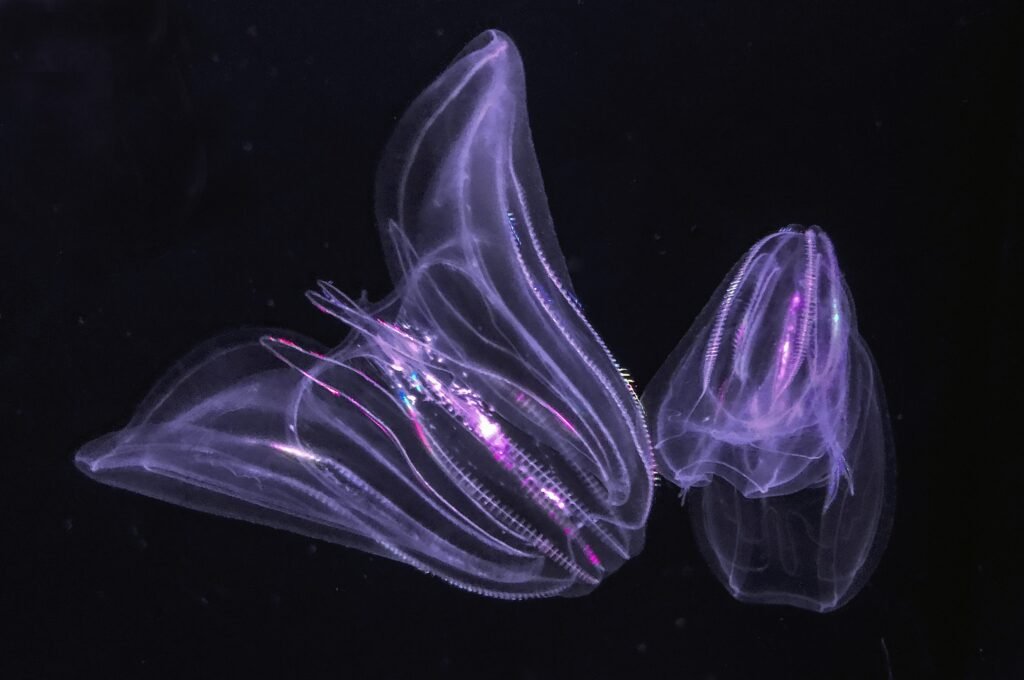NASA to put artificial star in space to study dark energy & exoplanets
NASA hopes to put an artificial star in Earth’s orbit (space) to study dark energy and exoplanets by 2029. This artificial star will go by the name Landolt. It is a tiny satellite with eight lasers.
Landolt is a shoebox-sized satellite at a distance orbiting Earth of 22,236 miles that will appear to ground-based telescopes as a true star.
This tiny satellite object is not visible to the human eye due to its low brightness. However, astronomers with small telescopes might be able to see it.

In the first year of its orbit, Landolt will seem to be stationary over the United States. The Space Agency NASA has authorized $19.5 million for the Landolt space mission to build this tiny satellite.
However, some light from stars is absorbed when it passes through Earth’s atmosphere. Because of this, astronomers find it challenging to estimate the actual brightness of stars, especially those far away.
Hence, they use a particular star type known as “standard candles” to assess the brightness and distance from other stars. However, these standard candles’ data is not as accurate as scientists would need it.
This is where a new space mission comes in which NASA aims to put the artificial star “Landolt” in space with its ability to provide more accurate measurements.

Scientists can use Landlot’s known brightness to calibrate their telescopes to consider atmospheric dimming impact. They will measure how bright stars are in galaxies far away or not very bright in space.
Piotr Pachowicz is an associate professor at George Mason University. According to Piotr, the calibration with Landolt under known laser wavelength and power will also remove the effects of atmosphere filtration of light.
Hence, It allows scientists to improve measurements of star brightness significantly. Moreover, the expansion of the cosmos and supernova explosions are two astrophysical mysteries that Landolt data can help resolve.
Read More:
- Sea creature turns into a baby when it is stressed out showing time travel
- Realme Narzo 70 Turbo 5G launch date, features, specifications & price
- European Space Agency printed 3D metal part in space for first time
- Earth’s mysterious Alaska triangle where over 20,000 people disappeared
- Philips Hue launched a new smart lighting solution for kitchen
- NASA to launch life-searching spacecraft to Jupiter’s moon Europa
Share this content:










Post Comment